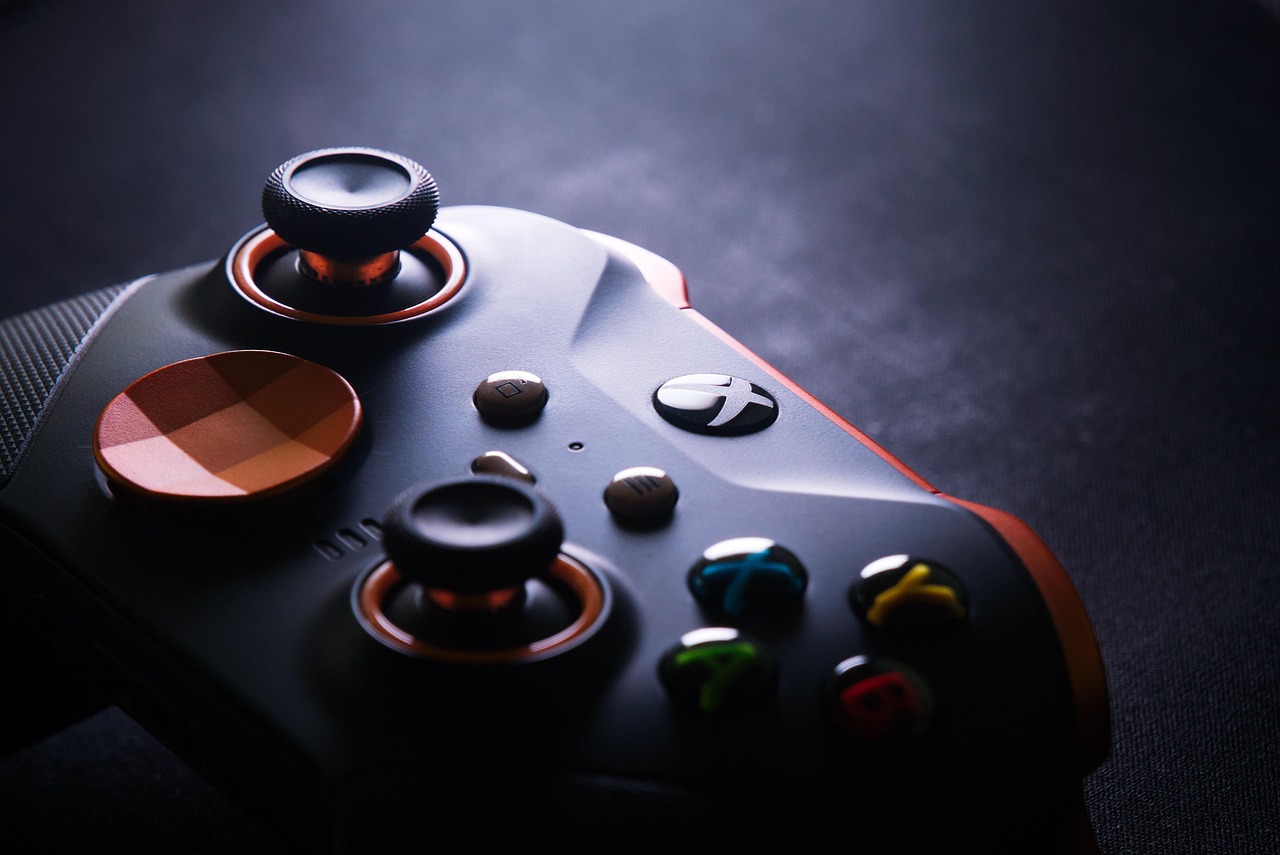Video game controllers—or gamepads—are the lifeline between a player and their favorite gaming console or PC. As games become more advanced and immersive, players spend longer hours in front of screens, and naturally, battery life becomes a pressing concern. Unlike the days of wired controllers, modern wireless gamepads rely heavily on rechargeable batteries for their functionality. This raises an important question for gamers: how long do rechargeable batteries last on gamepads?
The answer is not as simple as quoting a number of hours. The lifespan and performance of rechargeable batteries in gamepads vary based on several factors, including battery type, capacity, usage habits, charging cycles, and even the type of games being played. In this article, we’ll take a deep dive into the topic, breaking down the real-world expectations for rechargeable batteries in gamepads.
Types of Rechargeable Batteries in Gamepads
Before understanding how long they last, it’s essential to look at the types of rechargeable batteries commonly used in gamepads:
- Lithium-Ion (Li-ion)
- The most common battery type in modern controllers, such as the PlayStation DualSense and Xbox Elite Series 2.
- Offers high energy density, meaning it can store more power in a compact size.
- Typically lasts 2–5 years depending on usage before noticeable capacity decline.
- Nickel-Metal Hydride (NiMH)
- Often found in replaceable rechargeable battery packs or AA rechargeables used in Xbox controllers.
- Lower energy density compared to Li-ion but safer and more stable.
- Typically lasts 500–1000 charge cycles, or about 2–3 years with regular use.
- Lithium-Polymer (Li-Po)
- A variant of Li-ion batteries, used in some high-end controllers.
- Lightweight and can be shaped to fit unusual spaces inside slim gamepads.
- Similar lifespan to Li-ion: 300–500 charge cycles before degradation.
Understanding the battery type is the first step toward estimating how long your rechargeable gamepad battery will last—both in daily playtime and in long-term usage.
Daily Playtime: How Long Does a Single Charge Last?
Most gamers are concerned with the immediate question: how many hours can I play on a single charge? The answer depends on both the gamepad and the features it uses during play.
PlayStation Controllers
- DualShock 4 (PS4):
Offers 4–8 hours of playtime per charge depending on whether the controller’s light bar, rumble, and speaker are heavily used. - DualSense (PS5):
Provides 8–12 hours on average. However, adaptive triggers and haptic feedback can drain the battery faster during high-intensity games.
Xbox Controllers
- Standard Xbox Wireless Controller:
Runs on AA batteries or rechargeable packs. With a high-quality rechargeable pack, players can expect 20–30 hours of playtime per charge, far exceeding PlayStation’s controllers. - Xbox Elite Series 2:
Comes with a built-in rechargeable battery that typically lasts 30–40 hours on a single charge.
Nintendo Controllers
- Nintendo Switch Pro Controller:
Known for its outstanding battery life, lasting up to 40 hours on a single charge. - Joy-Con Controllers:
Each Joy-Con lasts about 20 hours, though they are smaller and drain faster if both rumble and motion sensors are in constant use.
PC Gamepads
- Many third-party PC controllers use built-in Li-ion batteries similar to PlayStation controllers, generally providing 8–20 hours depending on design and features.
Summary:
On a single charge, rechargeable batteries in gamepads last anywhere between 4 and 40 hours, depending on the brand, model, and features used.
Long-Term Battery Lifespan: How Many Years Do They Last?
While daily playtime per charge is important, a more pressing concern for gamers is how long rechargeable batteries last before they need replacement or start losing capacity.
Battery Lifespan in Years
- Lithium-Ion / Lithium-Polymer Batteries:
Last around 2–5 years, depending on charging habits and frequency of use. Over time, the battery will hold less charge, dropping from, say, 10 hours to only 5–6 hours after a few years. - NiMH Rechargeable Batteries:
Typically last about 2–3 years before capacity noticeably diminishes.
Charge Cycle Lifespan
A charge cycle refers to using up 100% of the battery’s capacity, whether in one go or spread across multiple sessions.
- Li-ion batteries typically endure 300–500 cycles before losing significant capacity.
- NiMH batteries last about 500–1000 cycles but often degrade faster in terms of holding charge over time.
For a gamer who plays 2–4 hours a day and charges their controller every 2–3 days, most rechargeable batteries will last 2–3 years before noticeable decline.
Factors That Affect Battery Life in Gamepads
Not all gamers experience the same battery life. Several factors influence how long a rechargeable battery lasts in a gamepad:
- Usage Intensity
- Games that use heavy vibration, constant lighting, or adaptive triggers drain the battery faster.
- Example: Playing a high-action game like Call of Duty will drain the controller faster than playing a slower-paced game like Stardew Valley.
- Battery Age
- As rechargeable batteries get older, their maximum charge capacity decreases, leading to shorter playtime even after a full charge.
- Charging Habits
- Overcharging or leaving the controller plugged in for days at a time can reduce battery health.
- Letting batteries fully drain too often also reduces lifespan, especially for Li-ion batteries.
- Storage Conditions
- Storing controllers in hot or humid environments degrades the battery faster.
- Ideally, store gamepads at room temperature with partial charge (around 40–60%) if not in use for long periods.
- Quality of Battery Pack
- Third-party rechargeable packs vary in quality. Poorly made ones may lose capacity faster or even fail prematurely.
Tips to Extend the Life of Rechargeable Batteries in Gamepads
Since rechargeable batteries eventually degrade, the best strategy is to extend their lifespan as much as possible. Here are some practical tips:
- Avoid Extreme Full Drains and Overcharging
- Keep the charge level between 20% and 80% for optimal health.
- Unplug the controller once it’s fully charged.
- Use Official Charging Accessories
- Manufacturer-certified charging cables and docks regulate power better and prevent overheating.
- Disable Unnecessary Features
- Lower the brightness of LED lights, reduce vibration intensity, or disable speaker output if not needed.
- Charge Regularly but Moderately
- Frequent short charges are better for Li-ion batteries than waiting until the controller is completely drained.
- Store Properly When Not in Use
- If storing for months, keep the battery at around 50% charge in a cool, dry environment.
- Replace When Needed
- If your gamepad’s battery becomes too weak, check if the manufacturer offers battery replacement or consider a third-party battery replacement kit.
The Future of Gamepad Batteries
Battery technology is evolving, and future gamepads may see significant improvements. Potential developments include:
- Solid-State Batteries: Offering higher capacity, faster charging, and longer lifespan than current Li-ion cells.
- Ultra-Fast Charging: Cutting down charging times to just minutes instead of hours.
- Eco-Friendly Battery Materials: Reducing environmental impact and improving recyclability.
As gaming continues to push the boundaries of technology, battery performance will remain a central focus for manufacturers.
Conclusion
So, how long do rechargeable batteries last on gamepads?
- On a single charge, most gamepads last between 8 and 40 hours, depending on the model and features used.
- Over the long term, rechargeable batteries in gamepads generally last 2–5 years before they begin to noticeably degrade.
Factors like battery type, usage habits, and charging practices significantly influence both short-term playtime and long-term durability. While no rechargeable battery lasts forever, proper care can extend its lifespan, saving gamers from the frustration of constantly recharging—or worse, replacing—a favorite controller.



